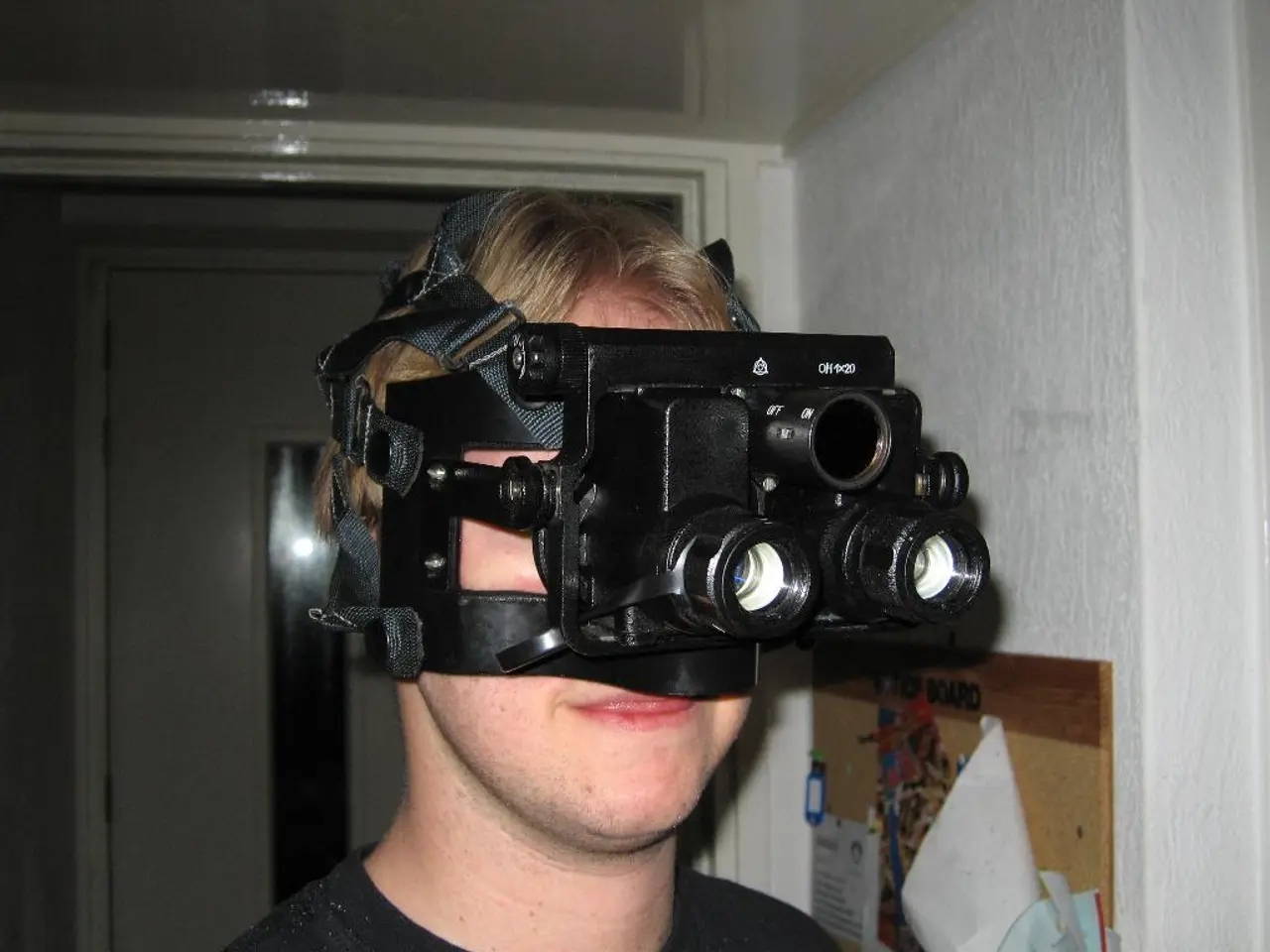Shopping Evolution: The Dawn of Virtual Reality Stores
In a groundbreaking development, the world of shopping is set to undergo a significant transformation with the advent of Virtual Reality (VR) malls. These innovative digital platforms aim to provide an immersive shopping experience that mirrors the real-world mall, all from the comfort of one's home.
The VR mall experience is made possible through the use of Virtual Reality (VR) headsets, which transport users into a completely digital world. Here, they can navigate through mall floors, visit various stores, and engage with virtual objects as if they were physically present.
One of the key features of these malls is the use of digital twins, accurate digital replicas of physical stores. For instance, a flagship beauty department has been digitally recreated for virtual interaction, allowing users to test products and ask questions through AI assistants or virtual avatars controlled by real experts.
AI-driven assistants and avatars add an interactive layer, offering personalized recommendations and support, addressing the social discomfort some customers feel in physical stores. Moreover, 3D modeling and rendering create lifelike product visuals and store layouts, which can be combined with Augmented Reality (AR) features to allow users to try on products or visualize items in their real environments.
Gamified environments and metaverse integration facilitate social interactions, entertainment, and events within the mall, blurring the lines between shopping and entertainment. This fusion extends beyond traditional retail, offering shoppers an engaging and lifelike shopping experience.
The shift to virtual malls also offers retailers significant operational cost savings, as they can avoid expenses like rent, utilities, and staffing. Integrated digital payment systems ensure safe and convenient transactions within the virtual environment.
However, the adoption of VR shopping is not without its challenges. Many shoppers remain unfamiliar with this new technology and may be hesitant to embrace it. Data security and privacy must be prioritized to protect consumer information and transactions in virtual shopping environments.
Despite these challenges, the VR mall industry is expected to grow rapidly, with ongoing advancements shaping the future of shopping. Brands across industries, including fashion, electronics, beauty, real estate, and grocery, are already leveraging this technology to offer immersive stores, virtual try-on capabilities, and personalized assistance.
As the world continues to evolve, so too will the way we shop. With the rise of virtual reality malls, consumers can now explore stores from around the world, eliminating geographical constraints, and enjoy a shopping experience that is both engaging and lifelike. The future of retail is here, and it's more immersive than ever.
In this immersive shopping experience offered by Virtual Reality (VR) malls, users can interact with digital twins of physical stores, such as a flagship beauty department, allowing them to test products and ask questions in a lifelike manner. This cutting-edge lifestyle, facilitated by technology, aims to blur the lines between shopping and entertainment, offering an engaging experience that extends beyond traditional retail.




